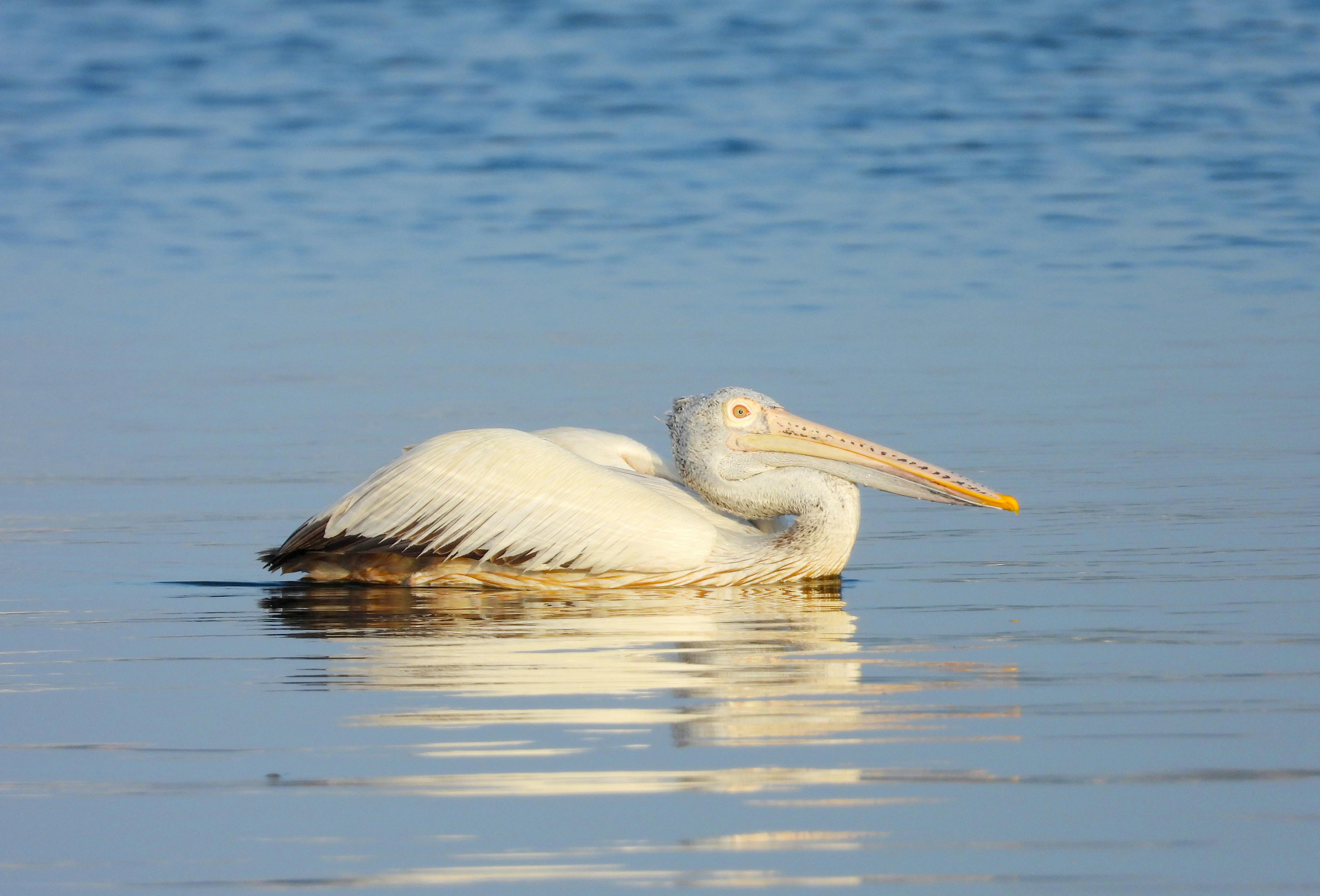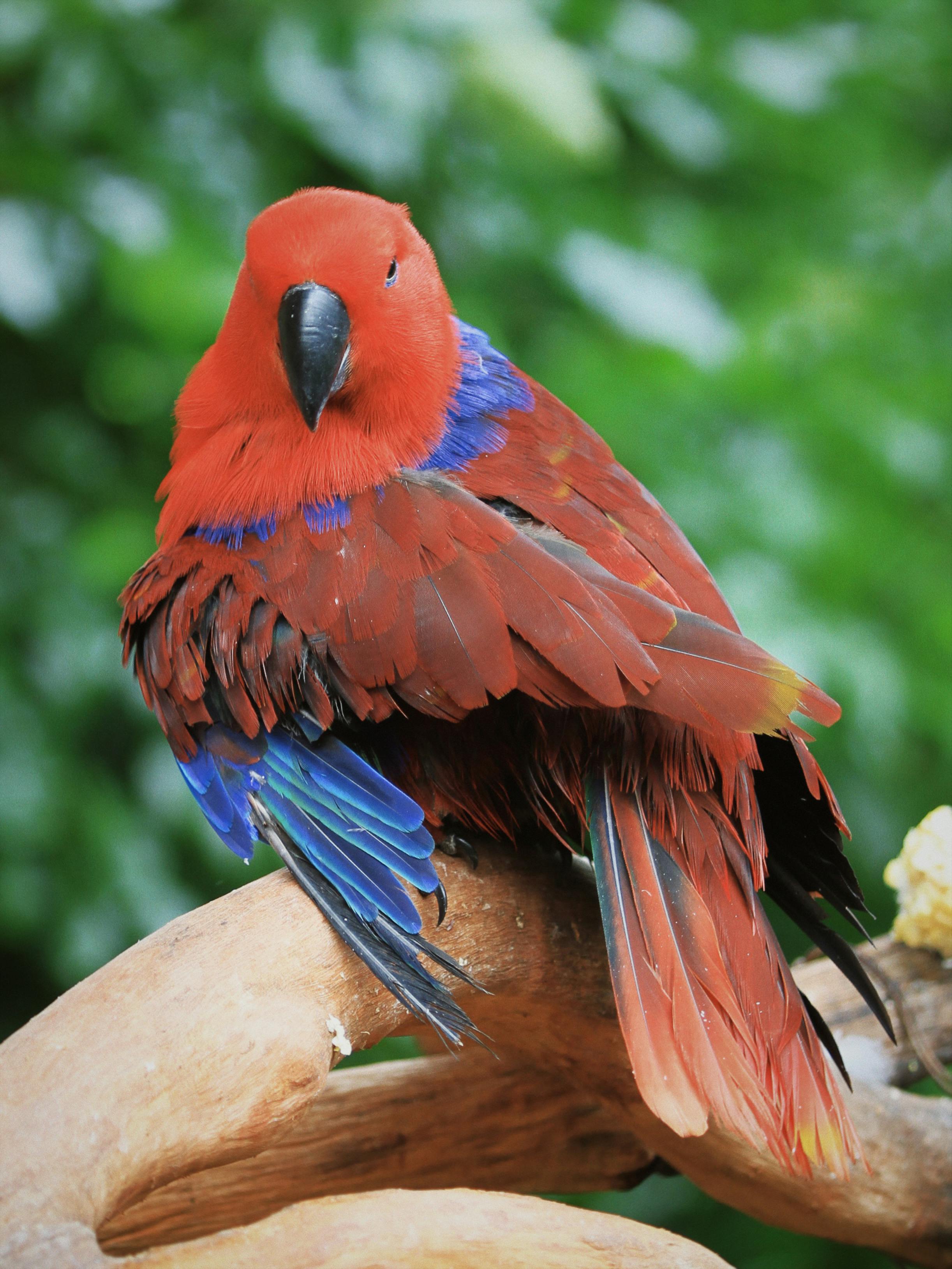Looking to attract more beautiful birds to your backyard? Look no further than bird seed blocks. These convenient and easy-to-use blocks are a simple way to provide nourishment to a variety of feathered friends. With a plethora of brands specializing in bird feeders and food products such as Kaytee, Perky-Pet, and Droll Yankees, you can easily find the perfect bird seed blocks to suit your needs. Say goodbye to messy bird feeders and scattered seeds, and say hello to effortless bird feeding with bird seed blocks.

Understanding Bird Seed Blocks
Bird seed blocks are a convenient and effective way to attract birds to your backyard and provide them with the nourishment they need. These blocks are essentially solid versions of bird seed, compressed into a shape that can be easily hung or placed in feeders. They are made with a combination of various bird seeds, grains, and other ingredients that birds love to eat. By understanding the basics of bird seed blocks, the benefits of using them, and the different types available, you can enhance your bird feeding experience and create a welcoming environment for a variety of bird species.
Basics of Bird Seed Blocks
Bird seed blocks are made up of a blend of bird seeds and other ingredients that provide essential nutrients for birds. The specific ingredients used may vary depending on the brand and type of bird seed block. The seeds commonly used include sunflower seeds, millet, cracked corn, peanuts, and nyjer seeds. These seeds are rich in protein, fats, and carbohydrates, which are essential for the energy and growth of birds. The blocks are typically bound together with a gelatin or suet-based mixture, which helps to hold the seeds together and provide additional calories for the birds.
Benefits of Using Bird Seed Blocks
Using bird seed blocks offers several benefits for both you and the birds. Firstly, they provide a convenient and mess-free way to feed birds. Unlike loose bird seed, which can easily spill or get blown away, the blocks stay intact and can be easily hung or placed in feeders. This not only saves you time and effort but also ensures that the birds have a steady supply of food. Bird seed blocks also attract a wide variety of bird species, allowing you to enjoy the beauty and diversity of different birds in your backyard. Additionally, the blocks provide a long-lasting food source, as they can take birds longer to consume compared to loose seeds. This is beneficial during times of food scarcity, such as in winter or during migration.
Different Types of Bird Seed Blocks
There are various types of bird seed blocks available in the market, each catering to specific bird species or preferences. Some are designed for general feeding and attract a wide range of birds, while others are specialized for certain species, such as hummingbirds or woodpeckers. Common types include suet-based blocks, gelatin-based blocks, and nut-based blocks. Suet-based blocks are made with animal fat and attract insect-eating birds, such as woodpeckers and nuthatches. Gelatin-based blocks are vegetarian and appeal to a wider range of bird species. Nut-based blocks, as the name suggests, contain a higher proportion of nuts and cater to birds that prefer these types of seeds, such as jays and titmice. By choosing the right type of bird seed block, you can attract the specific birds you want to see in your backyard.

How to Use Bird Seed Blocks
To make the most of bird seed blocks, proper positioning and placement are crucial. Firstly, determine the appropriate location in your backyard to hang or place the blocks. Ideally, it should be somewhere visible but also safe for birds to access. It is recommended to have a dedicated bird feeder or hanger specifically designed for holding bird seed blocks. Ensure that the feeder or hanger is sturdy and secure, as the blocks can be heavy and attract larger birds. Hanging or placing the blocks at different heights can attract a wider variety of bird species, as some birds prefer to feed at ground level while others prefer elevated positions. Finally, consider the proximity to shrubs or trees, as birds may require cover and perching spaces nearby.
Choosing the correct bird seed block is essential to attract the birds you want to see. As mentioned earlier, different types of bird seed blocks cater to different bird species. Research the preferences of the birds that visit your area and select the appropriate blocks accordingly. It is also important to check the ingredients and nutritional value of the bird seed blocks. Ensure that they contain high-quality seeds and are free from artificial additives or preservatives. This will provide the birds with the necessary nutrients and minimize the risk of attracting unwanted pests. Consider the size and shape of the blocks as well, making sure they fit well in your chosen feeder or hanger.
Frequency of replenishment depends on the rate at which the birds consume the blocks. Observing the feeding patterns of the birds in your backyard can give you an idea of how often to replenish the blocks. During colder months or periods of high bird activity, you may need to replenish the blocks more frequently. It is important to maintain a consistent food source for the birds, especially during times when natural food sources are scarce. Regularly monitor the blocks and replace them when they are fully consumed or become spoiled. By keeping a constant supply of bird seed blocks, you can ensure that birds continue to visit and enjoy your backyard.
Brands Offering Bird Seed Blocks
Several brands specialize in bird seed blocks, offering a wide range of options to choose from. Some of the notable brands include Perky-Pet, Wagner’s, Wild Delight, Stokes Select, and Audubon. Each of these brands has its own reputation for quality and reliability. For example, Perky-Pet is known for its extensive range of bird feeders, while Wagner’s is renowned for its various bird seed mixes. Wild Delight offers premium bird food products, and Stokes Select provides a variety of bird feeders, birdhouses, and bird seed. Audubon, on the other hand, is notable for its commitment to bird conservation and provides a range of birding supplies. When selecting a brand, consider factors such as the variety of seed blends available, the reputation of the brand, and the specific needs of the birds in your area.
Specialized Bird Seed Blocks Offerings
In addition to the popular brands mentioned, there are also specialized offerings from brands such as Kaytee, Woodlink, and Morning Song. Kaytee specializes in bird seeds, feeders, and accessories, including their own line of bird seed blocks. Woodlink offers a variety of birdhouses and feeders, and they also have their own range of bird seed blocks. Morning Song is known for its bird food and attractants, and their bird seed block offerings are designed to attract a wide variety of birds. These specialized offerings cater to specific bird species or preferences, providing you with more options to customize your bird feeding experience.
Factors to Consider When Buying Bird Seed Blocks
When buying bird seed blocks, several factors should be considered to ensure you make the right choice. Firstly, ingredients and nutritional value are important. Look for blocks that contain high-quality bird seeds and grains, as well as additional ingredients like fruit or suet that provide extra nutrition. Ensure that the blocks do not contain any artificial additives or preservatives. The size and shape of the blocks are also worth considering, as they should fit well in your chosen feeder or hanger. Additionally, pricing is a factor to take into account. Compare the prices of different brands and types of bird seed blocks to find the best value for money. Lastly, consider the reputation of the brand and their commitment to bird health and conservation. Choosing a reputable brand ensures that you are providing the best for both the birds and the environment.

DIY Bird Seed Blocks
If you want to take a more hands-on approach to bird feeding, making your own bird seed blocks is a great option. The process involves a few basic steps and allows you to customize the ingredients to suit the preferences of the birds in your area. To make DIY bird seed blocks, start by gathering the necessary ingredients, including bird seeds, grains, suet or gelatin, and any additional ingredients you want to include. Melt the suet or gelatin and mix it with the bird seeds and grains. Pour the mixture into molds or shape it into blocks by hand. Let the blocks cool and harden before placing them in feeders or hanging them in your backyard. DIY bird seed blocks offer the benefit of control over the ingredients used and can be a fun and rewarding activity for bird lovers.
Benefits of Making Your Own Bird Seed Blocks
Making your own bird seed blocks provides several benefits. Firstly, it allows you to have complete control over the ingredients used. You can choose high-quality bird seeds and grains, ensuring that the birds receive optimal nutrition. You can also experiment with different fruits, nuts, or other ingredients to attract specific bird species. Making your own bird seed blocks also gives you the flexibility to adjust the blocks’ texture and consistency. For example, you can make softer blocks for smaller birds or harder blocks for larger birds. Additionally, DIY bird seed blocks can be a budget-friendly option, as you can buy ingredients in bulk and create multiple blocks at a lower cost than buying pre-made blocks.
Recipes and Instructions for DIY Bird Seed Blocks
There are numerous DIY bird seed block recipes and instructions available, allowing you to get creative and tailor the blocks to your liking. A basic recipe involves melting suet or gelatin and combining it with a mixture of bird seeds and grains. Some recipes may also include fruit juice or fruit puree to add flavor and attract certain bird species. Once the ingredients are well mixed, the mixture can be poured into molds or shaped into blocks by hand. Popular mold options include cookie cutters, muffin tins, or small plastic containers. Place the molds in the refrigerator or freezer to allow the blocks to solidify. Once cooled and hardened, the blocks can be easily removed from the molds and are ready to be used in feeders or hung in your backyard. Be sure to follow specific recipes and instructions for the best results and to ensure that the blocks are safe and nutritious for the birds.
Safety Precautions and Tips
While bird seed blocks are a safe and effective way to feed birds, there are some precautions and tips to keep in mind to ensure the well-being of the birds and prevent potential issues.
Preventing rodent issues is important when using bird seed blocks. Rodents are attracted to the food source and may cause damage or contamination. To minimize the risk, choose feeders or hangers that are rodent-proof or have barriers that prevent access to the blocks. Regularly clean the feeding area to remove spilled or spoiled seeds, as these can attract rodents. If you notice any signs of rodent activity, take appropriate measures to deter them, such as sealing any entry points or using rodent repellents.
Avoiding mold and bacteria is crucial for the health of the birds. Bird seed blocks can become moldy or contaminated with bacteria if they are not stored or maintained properly. Ensure that the blocks are placed in well-ventilated areas to prevent moisture buildup. Regularly check the blocks for any signs of mold or spoilage, and promptly remove and replace them. It is also important to clean and disinfect feeders or hangers regularly to prevent the buildup of bacteria. Use a mild soap solution and rinse thoroughly before refilling with fresh bird seed blocks.
Safe storage of bird seed blocks is essential to maintain their freshness and prevent pests. Store the blocks in a cool, dry place to avoid exposure to humidity or extreme temperatures. Seal them in airtight containers or bags to prevent pests such as ants or weevils from accessing the blocks. Avoid storing them near other food sources or potential contaminants. By following proper storage practices, you can extend the shelf life of the bird seed blocks and ensure that they remain safe and appetizing for the birds.
Environmental Impact of Bird Seed Blocks
Bird seed blocks can have a positive impact on the environment when used responsibly. Many brands now offer eco-friendly bird seed blocks that are made with sustainable ingredients and packaging materials. These blocks prioritize the use of organic, non-GMO seeds and grains, minimizing the impact on wildlife and the ecosystem. By choosing eco-friendly bird seed blocks, you are supporting sustainable practices and reducing the consumption of resources. Additionally, bird seed blocks encourage bird feeding, which plays a role in bird conservation. Providing birds with a reliable food source can help them thrive and survive in urban environments where natural food sources are limited. Bird feeding also offers opportunities for citizen science, as bird watchers and enthusiasts can contribute valuable data to research and conservation efforts.
Sustainability and Bird Feeding
Bird feeding can contribute to sustainability by creating a harmonious relationship between humans and birds. By offering birds a reliable food source, we can prevent them from relying solely on scarce natural resources. This reduces the competition for food and allows birds to allocate more energy toward nesting, breeding, and raising their young. Sustainable bird feeding practices involve using quality bird seed blocks made from sustainable ingredients, as well as regularly replenishing the blocks to avoid food scarcity. It is also important to monitor the feeding area and ensure that it is kept clean and free from potential hazards or contaminants.
Effect on Local Bird Population
Bird seed blocks can have a positive effect on the local bird population when used responsibly. By providing a consistent and nutritious food source, you can attract a diverse range of bird species to your backyard. This can lead to increased biodiversity and create a thriving ecosystem. Birds that are well-fed and have access to reliable food sources are more likely to successfully reproduce and raise their young. This can contribute to population growth and the overall health of the local bird population. However, it is important to be mindful of the impact of bird feeding and avoid overdependence on artificial food sources. Feeding should be seen as a supplement to natural food sources, and efforts should be made to create a balanced ecosystem that supports both native plants and birds.
Enjoying Bird Watching and Feeding
Using bird seed blocks can enhance your bird watching and feeding experience. The blocks attract a wide variety of bird species, allowing you to observe and appreciate the beauty of different birds in your backyard. To attract various bird species, consider using different types of bird seed blocks and placing them at different heights. This will create a diverse feeding area and increase the chances of attracting a wider range of birds. Coupling bird seed blocks with birding accessories such as bird feeders, birdhouses, and birdbaths can further enhance your bird watching experience. These accessories provide additional opportunities for birds to interact with their environment and create a welcoming space for them. By following these tips, you can create a haven for birds and enjoy hours of entertainment and relaxation observing their behaviors.
Tips for Enhanced Bird Watching
To make the most of your bird watching experience, consider the following tips:
-
Learn about the birds in your area: Familiarize yourself with the common bird species in your region and their behaviors. This will help you identify and understand the birds you see in your backyard.
-
Provide a variety of habitats: Create a diverse environment in your backyard by incorporating different types of vegetation, such as trees, shrubs, and flowers. This will attract a wider range of birds and provide them with nesting and perching spaces.
-
Keep a bird checklist: Create a checklist of the bird species you have seen in your backyard. This allows you to track the different species that visit and monitor any changes in their presence.
-
Use binoculars: Invest in a good pair of binoculars to get a closer look at the birds. This will enhance your ability to observe their features and behaviors.
-
Be patient and observant: Birds can be elusive and may take some time to appear. Practice patience and observe their movements and interactions. This will provide valuable insights into their behaviors and habits.
-
Create a comfortable viewing space: Set up a comfortable seating area where you can relax and observe the birds without disturbing them. Use comfortable chairs and consider providing shade or shelter from the elements.
Conclusion: Enhancing Bird Feeding Experience with Seed Blocks
Bird seed blocks offer a convenient and effective way to attract birds to your backyard and provide them with the nourishment they need. By understanding the basics of bird seed blocks, choosing the right type and brand, and using them responsibly, you can enhance your bird feeding experience and create a welcoming environment for a variety of bird species. Bird seed blocks not only provide birds with a reliable food source but also give you the opportunity to observe and appreciate the beauty and diversity of the avian world. By incorporating bird seed blocks into your bird feeding routine, you can contribute to bird conservation efforts and create a sustainable and enjoyable habitat for birds in your own backyard. So go ahead, hang those bird seed blocks and get ready for a truly rewarding bird watching experience!